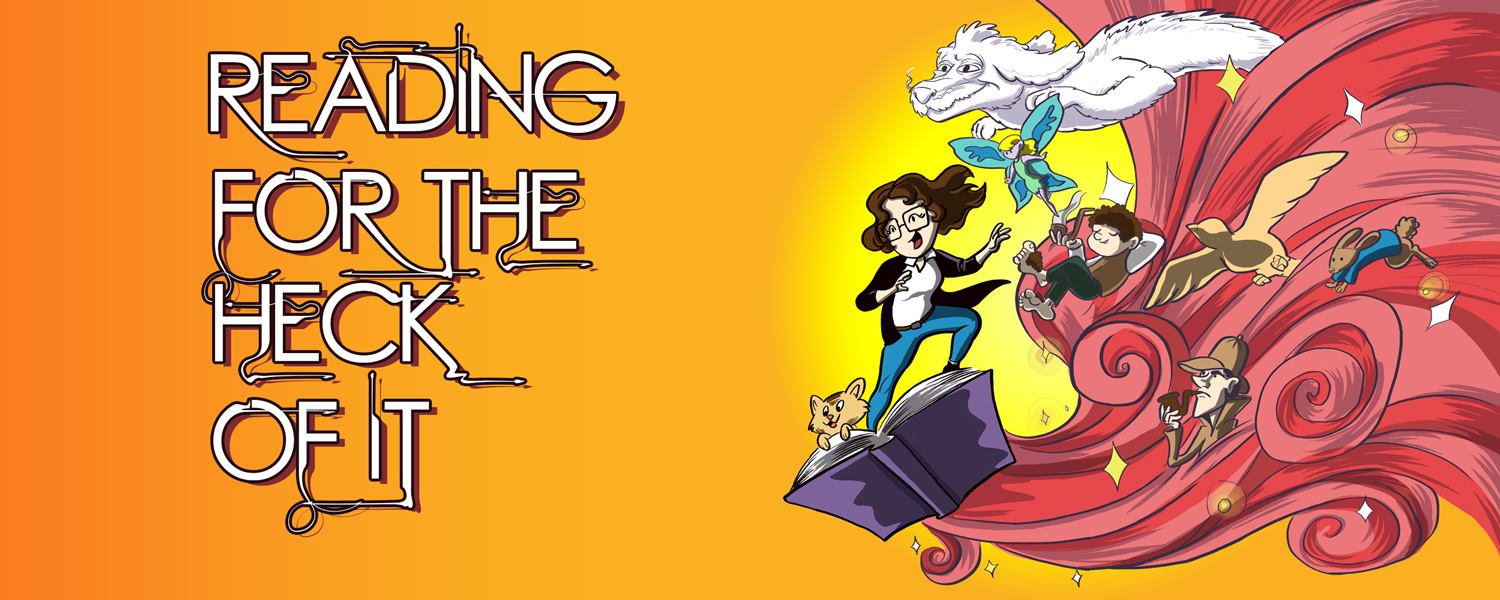The Gods Themselves by Isaac Asimov is organized into 3 distinct parts. The first follows a young physicist doing research on the history of the Electron Pump which is a nifty invention providing unlimited energy for all of humanity. He comes to believe that the 'Father of the Electron Pump' is merely a puppet of the entities living in the para-universe (where the energy was being siphoned) and that the Pump itself poses a grave risk to our Universe. The second part occurs in this para-universe and follows a group of entities that are composed of an amorphous substance which allows them to merge with one another and form 'triads'. In this universe the Sun is dying which creates a ripple effect on the creatures which inhabit the planet. A member of this species (it's hard to describe these creatures) has a theory that the Pump they're employing is dangerous to them all and is the reason that procreation has nearly ground to a halt. [A/N: This might be the first instance where a description of alien sex is described in fairly explicit detail and as the alien beings are so different from ourselves it was super weird but certainly showcases Asimov's ingenuity.] And then we come to the third and final part which takes the reader back to our universe. We follow a (retired) scientist named Denison who has moved to the Moon where an entire society has taken residence (most of which are natives to the Lunar colony). Denison has his own suspicions about the Pump and believes he knows how to counteract the negative effects of the Pump but he soon discovers that the Lunarites may have their own agenda.
Overall, I didn't love this book but I did appreciate Asimov's writing (it's always cutting edge even though it was written decades ago) so my overall rating is a 5/10.
What's Up Next: Homicide: A Year on the Killing Streets by David Simon
Overall, I didn't love this book but I did appreciate Asimov's writing (it's always cutting edge even though it was written decades ago) so my overall rating is a 5/10.
 |
| The cover of my book. [Source: Amazon] |
 |
| A scene from the third part of the book. Did I mention the Lunarites are a nudist society? [Source: tvtropes.org] |
What's Up Next: Homicide: A Year on the Killing Streets by David Simon
**If you're interested in buying this book or any books really, you can click here or here. The first will re-direct you to AbeBooks and the second will re-direct you to The Book Depository. These are great websites for purchasing books (AbeBooks carries inexpensive used and out-of-print books and The Book Depository ships free everywhere in the world). Full disclosure: I will receive a commission on all sales made by following either of these links. I wouldn't recommend a site that I didn't use and you are under no obligation to purchase anything. :-) **






